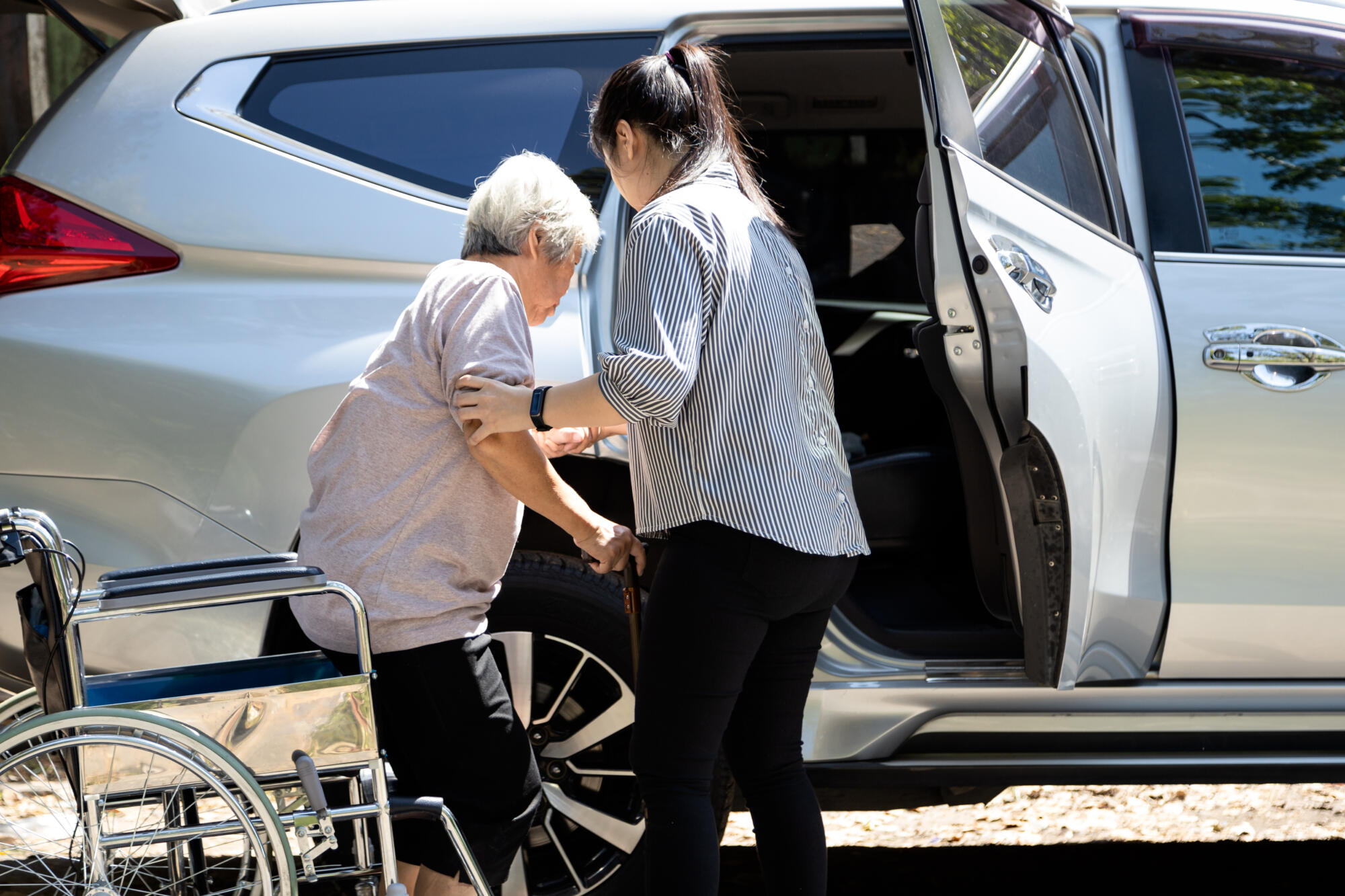Uber and Lyft target US senior riders with simpler, more accessible apps
As populations age and mobility needs diversify, major ridesharing platforms in the United States are making moves to better serve older adults. At POLIS, we welcome these steps and are watching closely for how similar innovations could be introduced and scaled in the European Union.
 In a bid to make ridesharing more accessible for older adults, Uber has launched a simplified version of its app to support senior users in the States, making on-demand travel easier to navigate. In the meantime, Lyft fast-tracked its announcement of Lyft Silver, Lyft's own dedicated senior service responding to the rising demand for accessible, age-friendly transport options.
In a bid to make ridesharing more accessible for older adults, Uber has launched a simplified version of its app to support senior users in the States, making on-demand travel easier to navigate. In the meantime, Lyft fast-tracked its announcement of Lyft Silver, Lyft's own dedicated senior service responding to the rising demand for accessible, age-friendly transport options.
Uber’s senior-friendly pilot making headlines
Uber’s new simplified app features larger text, fewer home screen buttons, and easier access to saved destinations, prioritising ease of use for older riders. The pilot program was launched in early May in the cities of Phoenix (AZ) and Orlando (FL), with expansion to additional cities planned in the coming weeks. Although designed with seniors in mind, the feature will be available through Uber’s accessibility settings for any user in the test markets.
'Transportation in general is one of the biggest barriers to independence as people age,' said Briana Gilmore, Uber’s head of global accessibility policy, to Bloomberg Technology. Gilmore noted that the company began working on the project last summer to address gaps in accessibility and improve the overall travel experience for older adults.
In addition to the simplified interface, Uber is expanding its family profile options to include seniors—a move that builds on the company’s existing caregiver features introduced last year.
Expanded support for caregivers with Uber
Uber Caregiver is a growing platform designed to assist the more than 53 million caregivers in the United States who manage transport and logistics for ageing loved ones. Through Uber Caregiver, users can coordinate care remotely by scheduling rides, tracking real-time trip progress, and even engaging in three-way chats with the driver—all within the app.
 The feature emphasises communication and coordination: caregivers and riders can view trip details together and adjust plans mid-ride. While there are no new vetting standards for drivers matched with senior riders at this time, the company does offer options like Uber WAV, which provides wheelchair-accessible vehicles with trained drivers in select areas.
The feature emphasises communication and coordination: caregivers and riders can view trip details together and adjust plans mid-ride. While there are no new vetting standards for drivers matched with senior riders at this time, the company does offer options like Uber WAV, which provides wheelchair-accessible vehicles with trained drivers in select areas.
By making ridesharing more flexible and manageable, Uber aims to reduce the logistical burdens and emotional strain often faced by those responsible for others’ care.
Lyft Silver: US launch on 5 May
Lyft recently revealed its own take on senior rider support with Lyft Silver, a service launched US-wide on 5 May. Focused on comfort and human support, Lyft Silver prioritises matching senior users with vehicles that are easier to enter and exit—an important consideration, as data from the company shows older riders are twice as likely to cancel rides when paired with pickup trucks.
Lyft Silver also introduces live phone support, offering direct access to human operators for real-time assistance. Riders can share trip details with trusted contacts, providing peace of mind to families and caretakers.
'As someone with a mom, an aunt, and several other wonderful older adults in my life, the development of Lyft Silver is deeply personal to me,' said in a blog post Audrey Liu, Lyft’s Head of Rider and Community Safety. 'Our goal was not just to build a service, but to remove everything that makes getting around a challenge.'
A growing market for senior mobility
Both companies are addressing a critical and growing need as ageing populations increasingly seek alternatives to personal driving without sacrificing independence. With new features focused on accessibility, coordination, and emotional peace of mind, Uber and Lyft are reframing ridesharing not just as a convenience but as a cornerstone of care.
Currently, these offerings are limited to the United States. Neither company has announced plans for rollout in Europe or other international markets, though interest in age-inclusive transport options is global and may drive future expansion.
